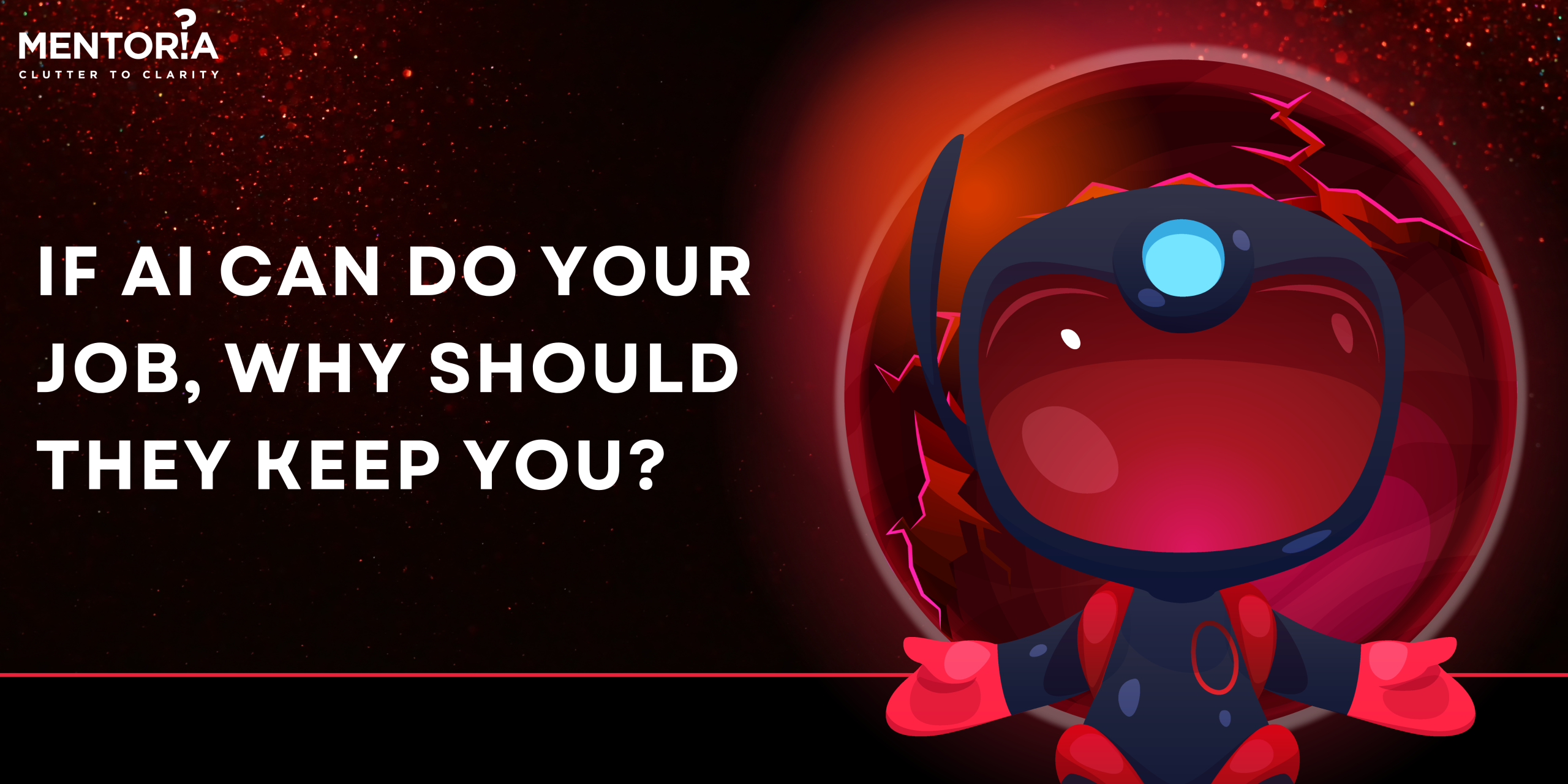How To Give Effective Feedback At Work

Wouldn’t you want to work in a workplace where feedback is like a high-five, not a dreaded meeting with the boss.
Good news – it’s totally possible! We all want a workplace where feedback isn’t a one-way street but a team effort. You know, the kind of joint mission where everyone is striving for improvement and success. As a leader, cracking the code on feedback isn’t just a skill; it’s your strategy for creating a workplace utopia. In this blog, we’ll explore four proven models – SBI, COIN, GROW, and CEDAR – to help you navigate the delicate art of giving feedback and propel your team toward success.
SBI Model: Cut To The Chase
The SBI (Situation-Behavior-Impact) model is a straightforward approach to delivering feedback that minimises ambiguity and focuses on specific incidents. Begin by addressing the Situation, providing context for the feedback. For example, “During yesterday’s team meeting.” Next, delve into the observed Behaviour, describing the actions or conduct you noticed. In this case, “you interrupted colleagues multiple times.” Finally, outline the Impact, emphasising the consequences or effects on the team or project. In our example, “causing the team to lose focus and extend the meeting.” The SBI model cuts to the chase, offering clarity and precision in your feedback, making it easier for team members to comprehend and take actionable steps for improvement.
- Be Specific: Provide a detailed account of the situation, behaviour, and impact. Avoid generalities to ensure your feedback is clear and actionable.
- Focus on Observable Behaviour: Emphasise behaviours that were observed rather than making assumptions or attributing intentions. This keeps the feedback objective.
- Highlight Impact: Clearly articulate the consequences of the observed behaviour, linking it back to team goals or project outcomes. This helps the recipient understand the significance of their actions.
- Encourage Two-Way Communication: After delivering feedback, create an opportunity for the individual to share their perspective. This fosters a collaborative environment for understanding and improvement.
- Establish a Path Forward: Conclude the feedback session by discussing potential solutions or strategies for improvement. This ensures that the conversation ends on a positive and constructive note.
COIN Model: Build Relationships
The COIN (Connect, Observe, Inquire, Nurture) model places a strong emphasis on building relationships while providing feedback. Start by Connecting with the individual, fostering an environment of trust and collaboration. After creating this connection, move on to Observing, sharing your insights without judgement. For instance, “I noticed a change in your work approach.” Following observation, Inquire about their perspective, encouraging open communication and understanding. Pose questions such as, “Can you share your thoughts on recent challenges?” Finally, Nurture the relationship by working together to find a collaborative solution. The COIN model transforms feedback into a positive and relationship-building experience, promoting teamwork and shared growth.
- Be Specific: Provide a detailed account of the situation, behaviour, and impact. Avoid generalities to ensure your feedback is clear and actionable.
- Focus on Observable Behaviour: Emphasise behaviours that were observed rather than making assumptions or attributing intentions. This keeps the feedback objective.
- Highlight Impact: Clearly articulate the consequences of the observed behaviour, linking it back to team goals or project outcomes. This helps the recipient understand the significance of their actions.
- Encourage Two-Way Communication: After delivering feedback, create an opportunity for the individual to share their perspective. This fosters a collaborative environment for understanding and improvement.
- Establish a Path Forward: Conclude the feedback session by discussing potential solutions or strategies for improvement. This ensures that the conversation ends on a positive and constructive note.
GROW Model: Turn Feedback Into Action
The GROW (Goal, Reality, Options, Will) model is a powerful tool for turning feedback into actionable steps. Begin with establishing a Goal – a clear objective or target for improvement. For example, “Our goal is to improve project timelines.” Move on to Reality, assessing the current situation or performance. In this step, identify specific areas that need improvement, like, “Currently, some deadlines are being missed.” Transition to Options, exploring potential solutions or approaches together. Encourage participation with questions such as, “What options do you see to enhance efficiency?” Finally, conclude with Will, a commitment to action. GROW empowers team members by involving them in the process, turning feedback into a collaborative action plan.
- Define Clear Goals: Clearly outline the specific goals or objectives for improvement. This provides a focused direction for the individual to work towards.
- Assess Current Reality: Objectively evaluate the current situation or performance. Use data and examples to paint a realistic picture of where improvements are needed.
- Explore Options Together: Involve the individual in brainstorming potential solutions. This collaborative approach empowers them and increases commitment to the chosen course of action.
- Agree on Action Steps: Reach a mutual agreement on the specific actions that will be taken to address the feedback. This creates a sense of ownership and responsibility.
- Set Follow-up Points: Establish checkpoints for reviewing progress. Regular follow-up ensures that the individual remains on track and allows for adjustments if needed.
CEDAR Model: Dive Deep And Follow Through
The CEDAR (Context, Emotion, Discovery, Action, Review) model provides a comprehensive framework for delivering feedback. Begin with establishing the Context, providing background or relevant details for better understanding. For instance, “Given the recent challenges in the project.” Acknowledge Emotion, recognising and addressing any feelings or reactions associated with the feedback. Offer empathy by saying, “I understand this may be frustrating.” Move on to Discovery, exploring solutions and improvements collaboratively. Phrase it as, “Let’s work together to discover effective solutions.” Transition to Action, outlining specific steps or changes that need to happen. Finally, conclude with a Review, a follow-up to ensure ongoing improvement and success. The CEDAR model ensures a holistic approach to feedback, fostering a culture of understanding, collaboration, and continuous improvement.
- Provide Context: Offer a clear context for the feedback, explaining the circumstances that led to the observations. This aids in understanding and prevents misinterpretation.
- Acknowledge Emotions: Recognise and validate the emotions associated with the feedback. This fosters empathy and creates a supportive environment for discussion.
- Explore Solutions Collaboratively: Encourage a joint exploration of potential solutions. This ensures that the individual actively participates in finding ways to address the feedback.
- Define Actionable Steps: Clearly outline the specific actions or changes that need to occur. This clarity helps in translating feedback into tangible improvements.
- Schedule Reviews: Establish regular review sessions to track progress and discuss any challenges or successes. This ongoing follow-up reinforces a commitment to continuous improvement.
Elevating Your Team Through Feedback
In the dynamic landscape of teamwork, effective feedback is the compass guiding your team toward success. Whether you choose the directness of SBI, relationship-building with COIN, action-oriented GROW, or the comprehensive approach of CEDAR, the key lies in adapting your feedback style to the situation. Elevate your team by mastering these feedback models, fostering growth, collaboration, and a culture of continuous improvement. As you integrate these strategies into your leadership approach, watch your team soar to new heights of productivity and success.
We’re here to provide you with all the help! Kick-start your journey with Mentoria and discover the right fit for you. Give us a call, chat with our career mentors, and let’s find the perfect guidance plan for you. We also host workshops where we chat about feedback and business tricks. So join us and elevate you team with feedback!









